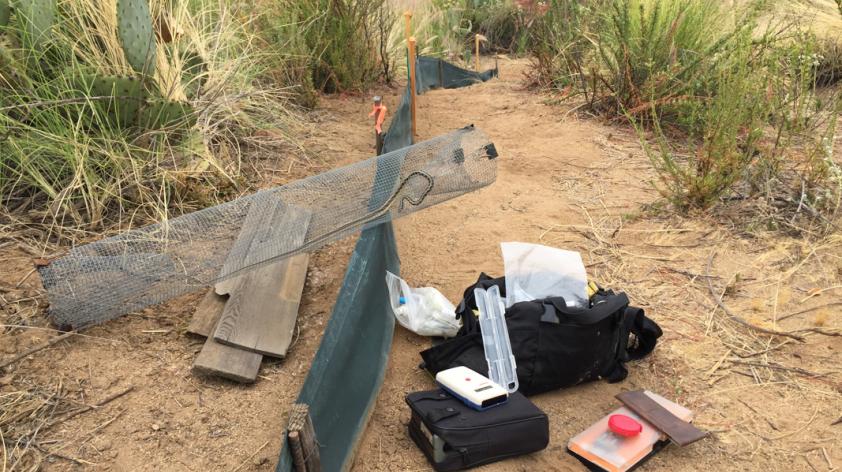
Recaps rock!
A “recap”, or recapture, is a term that scientists use when a wild study animal is recaptured in the field after the preliminary capture and release.
For example, I am currently studying a secretive snake called the Coastal patch-nosed snake (Salvadora hexalepis virgultea). It is a small, harmless snake that rarely exceeds three feet in length and is rarely seen by humans. So little is known about this snake that few scientific papers exist on the animal, which is considered a California Species of Special Concern.
Besides the fact that this snake is rarely seen, it is primarily found in coastal sage scrub habitat, one of the most threatened habitats on the planet. The patch-nosed snake’s small size makes it next to impossible to study with radio telemetry, so I have had to resort to an older method called “mark and recapture”. This was the primary method used to study snakes before radio telemetry was invented.
The snakes are found in the field, marked (in this case I use a tiny transponder injected just under the skin), all necessary data is taken, then the animal is released. We can learn some things about snakes on the first capture: size, gender, what habitat they are in, activity time, activity temperature, reproductive status of females, etc., but when you find a “recap”, much more data on an animal’s ecology is available.
Over time and with many “recaps” of an individual, you can start to get an idea of an animal’s home range size, habitat requirements, growth rates, age of reproduction, longevity and many other things.
With the over-abundance of rain we have had this year, the snakes have been quite active and I am happy to report that I am exceeding my past number of captures of patch-nosed snakes, both preliminary captures and “recaps”. It may be a record-setting year for the study of this rare and beautiful snake!
Photos by the author.













